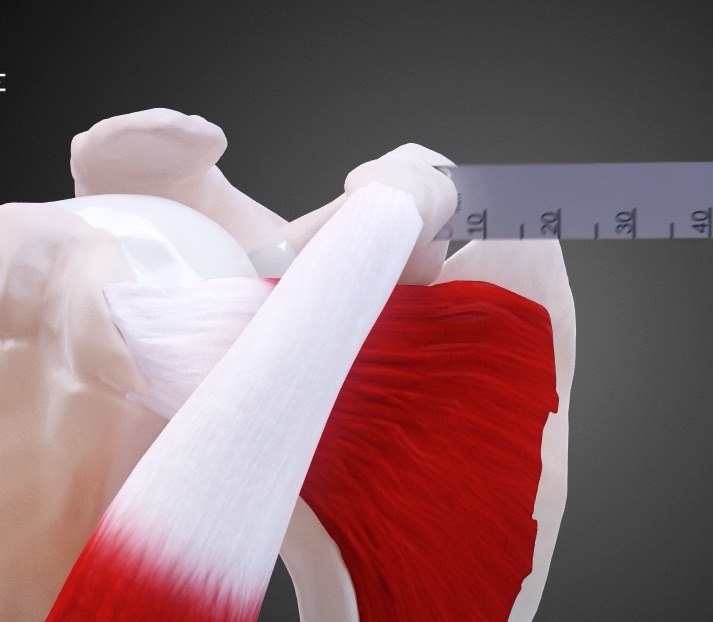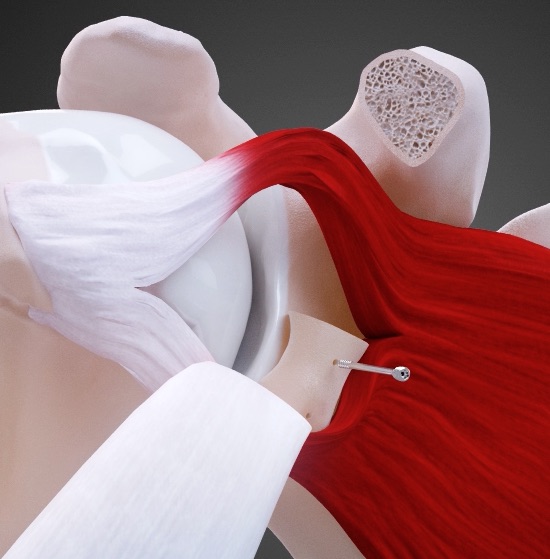Principle of a shoulder stop
The principle of a shoulder stop is to take the coracoid process which is attached to a tendon and a ligament, to sharpen the bony faces and to screw on the anterior edge of the glenoid of the scapula.
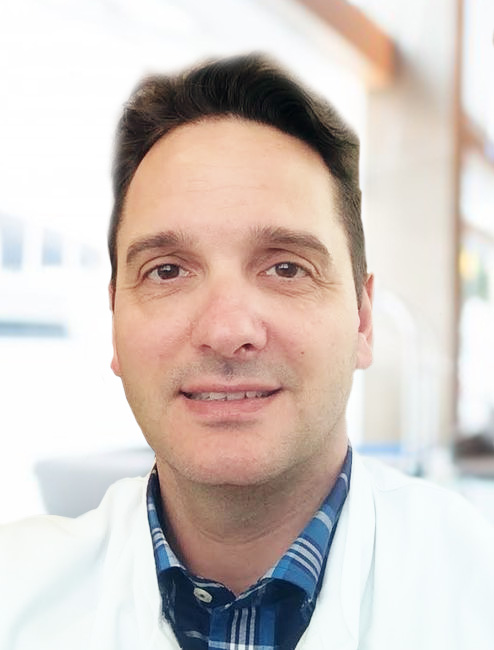
a
Effets
Several effects are observed following a surgical operation of shoulder stop:
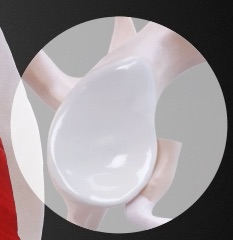
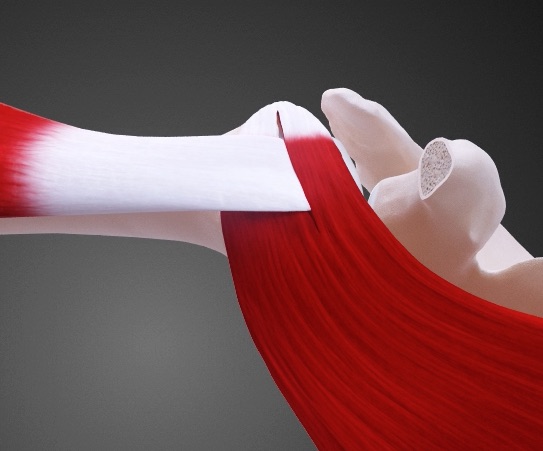
variant
Many variants exist, with two screws, a screw, no screws (coracoplasty) bone fragment lying down or standing, repair of the capsule on the stopper etc … The whole is together under the term ‘stop’.
This is an operation usually open, we realize it now (Dr. Kany, Dr. Guinand and Dr. Croutzet) under arthroscopy in a minimally invasive way.
3D animation of a shoulder stop
Discover in video this 3-dimensional animation of the principle of shoulder surgery in 3D animation that will show you what is done by the surgeon for this repair:

